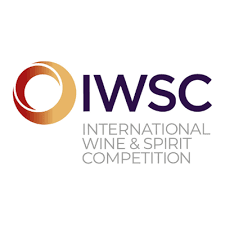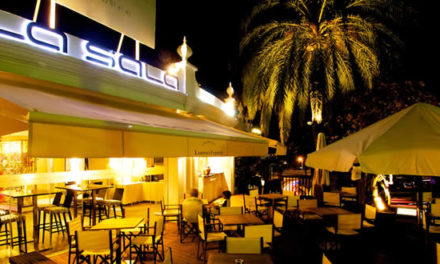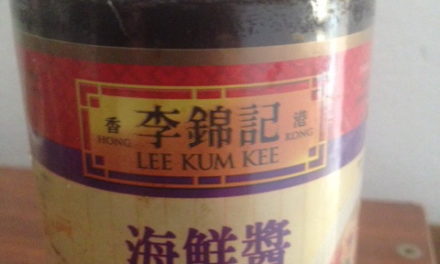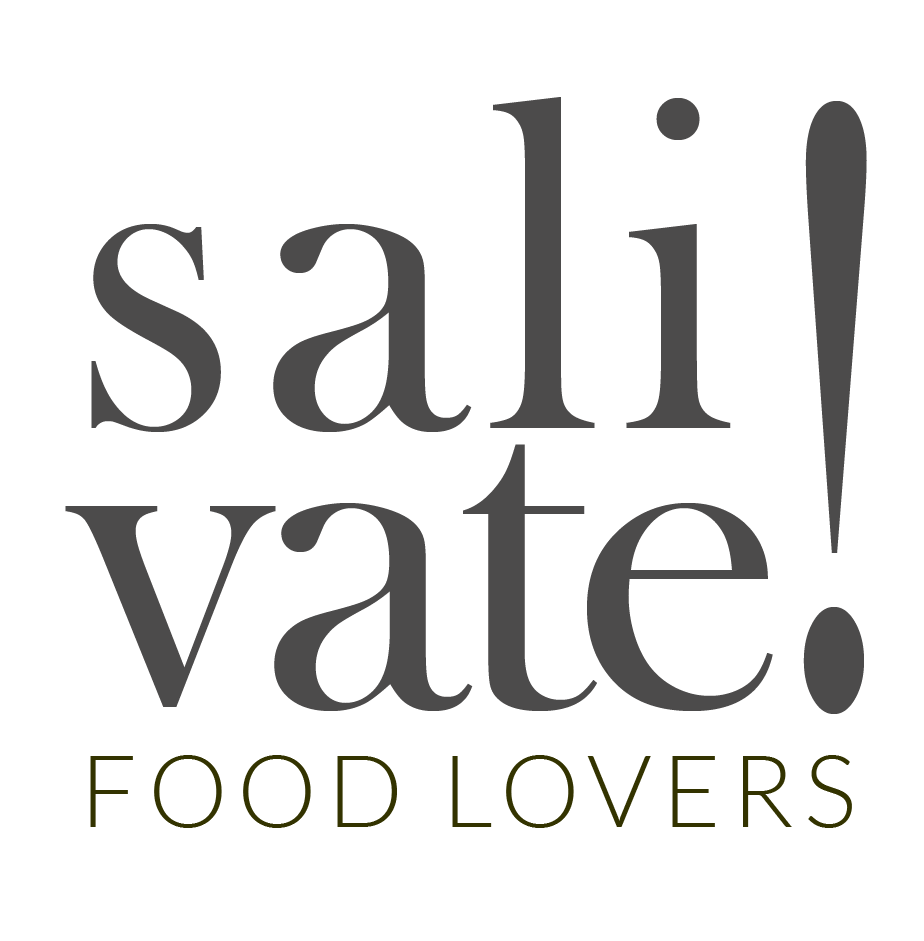One reason the wine business is so fascinating is that every single bottle of wine is different. In a case of 12 bottles made from grapes grown in the same vineyard, each bottle will have its slightly varying character. Admittedly the Californians have done a good job in eliminating individual personality (for purely commercial reasons) but good European wines are all one- offs.
Of course every winery owner wants their wine to be the best, although this does not imply it should sell as much as possible. Many up-market producers are currently reducing the yield per vine in order to make better wine at the expense of lower production.
In the old days the only way to get your wine in front of the public was to make sure you got a gold medal in one of the many international exhibitions that were held around the globe in the last half of the 19th and first half of the 20th century. The aim was to win a medal, preferably gold, that you could depict on your wine label. When I imported wine for the English market many of Jerez’s sherry houses dedicated as much as half the label to showing off their medals, no matter that some of them were won 40 years previously – glitteringly displayed using gold leaf.
Now there are fewer international exhibitions but more wine contests, the best-known being The International Wine & Spirit Competition, an annual event held in the UK that started in 1969. Wines from 80 countries are judged and the process takes place over a six-month period, consisting of a blind tasting and detailed technical analysis. Entries are judged by panels drawn from international 250 specialists.
Blind tastings are notoriously controversial and many experts refuse to take part in them. It has been shown that if the same tasters try the same wines on two consecutive days, or even an hour apart, they will give different scores. You can judge the tasters though, as last month’s Sommelier of the Year Award in Málaga proved. For the third year running the first prize went to Francisco Rubiales of Hotel Puente Romano. Contestants also had to judge water, beer, distilled spirits and coffee.
If shipping samples off to some contest sounds like too much effort, you can sit around and just wait for an email telling you that Spain’s great wine critic, José Peñin, is in town and wants to taste as many locally-produced wines as possible or that Robert Parker’s representative is arriving on the next flight. The points method is criticised by many in the wine trade and anyway the Parker option is history, although his man in Spain, Luis Gutierrez, is a very accomplished taster.
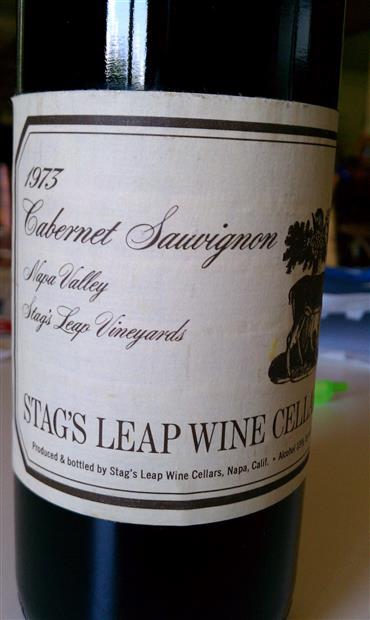 Possibly the most grape-shattering wine competition was held in 1976. The Judgement of Paris, as it later became known as, was a blind tasting of red and white French and Californian wines at the Hotel Intercontinental in Paris. Organised by Steven Spurrier, an Englishmen working in the French wine trade, who intended the tasting to strengthen the position of French classic Bordeaux against increasingly-aggressive claims from Californian wine makers
Possibly the most grape-shattering wine competition was held in 1976. The Judgement of Paris, as it later became known as, was a blind tasting of red and white French and Californian wines at the Hotel Intercontinental in Paris. Organised by Steven Spurrier, an Englishmen working in the French wine trade, who intended the tasting to strengthen the position of French classic Bordeaux against increasingly-aggressive claims from Californian wine makers
A red Californian wine, Stag’s Leap Cellars 1973, was rated higher than Château Mouton- Rothschild 1970 and Château Montrose 1970. The whites from the New World likewise wiped the floor against their French counterparts. Not surprisingly the French judges immediately claimed the whole thing had been fixed, and even alleged that the Californian wines were really French.
George Taber of TIME Magazine published the story under the title, The Day that Changed the Wine World. He later wrote a book, The Judgement of Paris, in 2006, and a film, Bottle Shock, came out in 2008.
Eventually the piqued French calmed down and had to admit that the US wines were very good – but of course would never last as long in the bottle as their French equivalents.
Another blind tasting that was intended to settle the argument once and for all was held in parallel in New York and London in
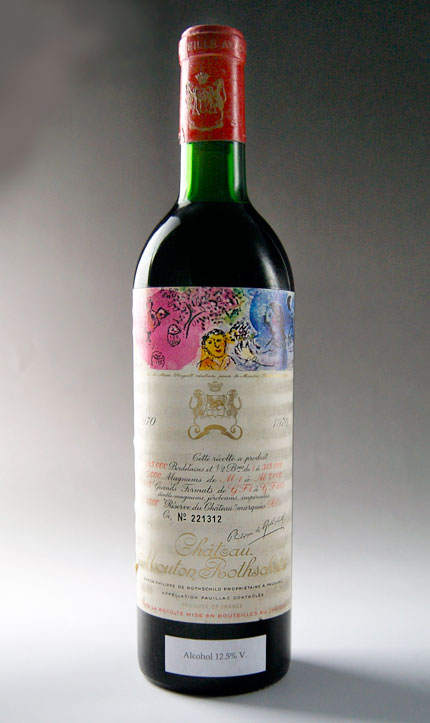
CHATEAU MOUTON ROTHSCHILD 1970
2006. And guess what? California took the first five places, beating Ch Mouton-Rothschild 1970, Ch Montrose 73, Ch Haut-Brion 70 and Ch Leoville Las Cases 71.
The US champions were, in order of merit, Ridge Vineyards Monte Bello 71, Stag’s Leap Wine Cellars 73, and Mayacamas 71 equal with Heitz Martha’s Vineyard 70.
Now that was some wine competition.
